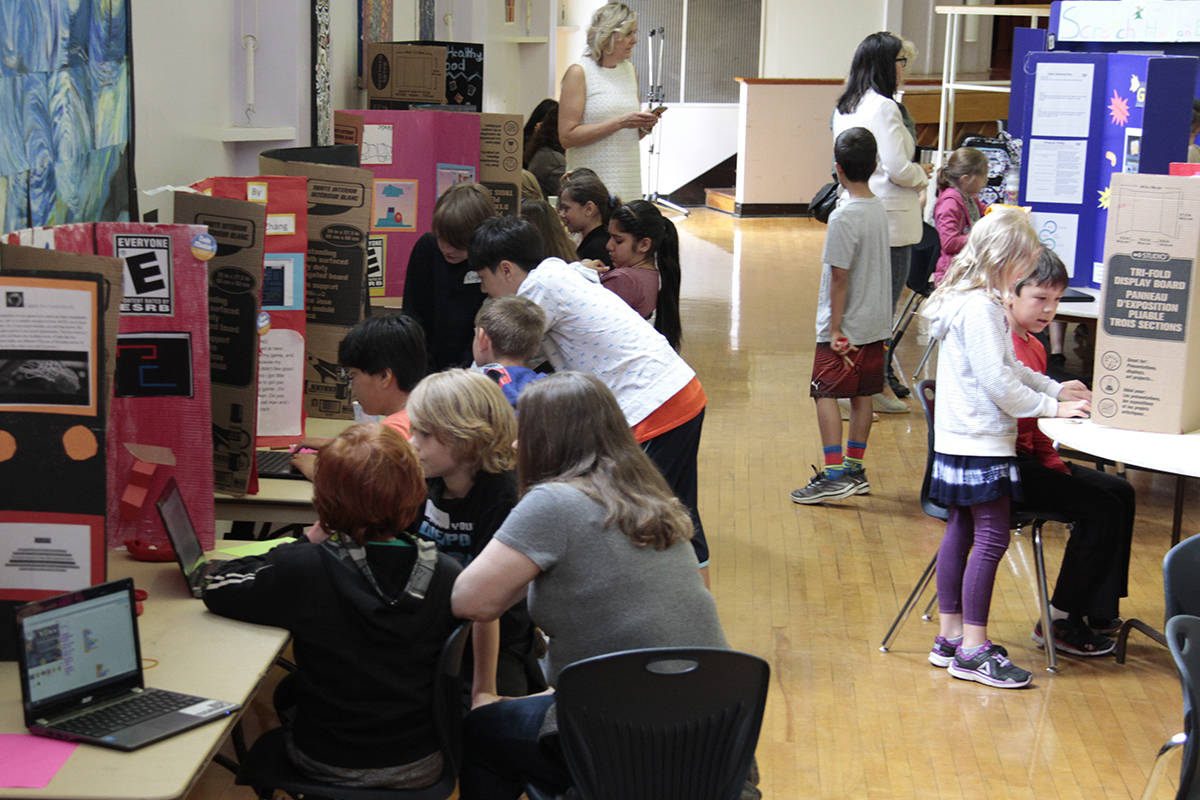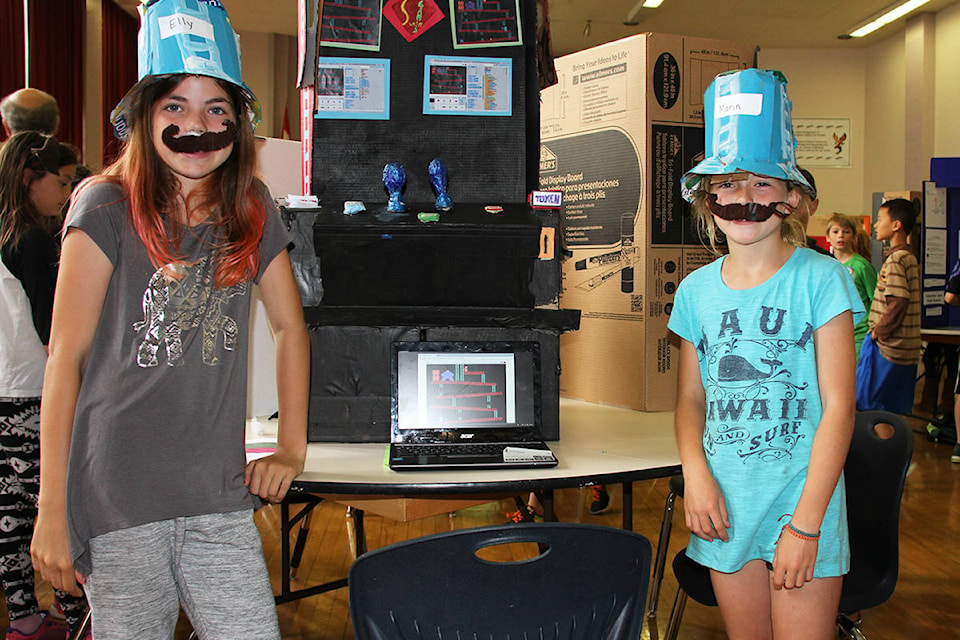Students in the Greater Victoria School District will have more opportunities to use computers as part of their daily learning environment, with SD61 making a large investment in technology for this fall.
The district announced Tuesday that it is purchasing more than 2,300 new Chromebooks and iPads into classrooms at all three educational levels, to be available for the start of school. The move will bring the average ratio of students per computer to 4 to 1 in elementary and middle schools, and six to one in high schools.
“It’s going to be a big step for some of our schools,” said district vice-principal for learning, Dave Shortreed, noting that while some schools are at those ratios already, others are basically starting from scratch. “We wanted to make sure that we’re taking care of all schools so each kid has an equal opportunity and access to technology.”
Spending $1 million on computer hardware – 1,770 Chromebooks and 585 iPads – accompanies a $250,000 investment to upgrade wireless infrastructure across the district. SD61 purchased 1,600 laptops and iPads last year as part of the Technology for Learning initiative.
Much of these kinds of purchases in past have been paid for through fundraisers held by school Parent Advisory Councils.
The goal for this increased investment, Shortreed said, is not only to ensure the computers are used appropriately in the classroom and enhance the teaching of the curriculum, but to better prepare students for their futures.
“They are taking in so much media, that they need to learn how to navigate it, they need to know how to create it, and need to know and see how they can be masters of it for their own end so they can enter this world prepared.”
Meanwhile Tuesday in the auditorium at S.J. Willis school, several dozen enterprising Grade 4 and 5 students from 10 SD61 schools were using Chromebooks and the video games they created to help describe science projects. The event, titled Coding Quest, gave the children a chance to show off their coding skills through games that related to the projects.
Rogers elementary schoolmates Elly Parker and Marin O’Regan put together a mock-up of a vintage arcade game to surround their Donkey Kong-inspired game. Their science project was about blood and goal of the game was to heal a cut, with characters representing platelets and collagen.
Another stand, set up by a pair of View Royal elementary Grade 4 students, had music as a theme. Classmates Claire Downtown and Dylan Ringma wrote code that turned the computer keyboard into a makeshift piano, with certain keys representing notes.
“I think it’s good to learn these skills, because they can come in handy in the future,” said Dylan, adding that coding is a good way to keep one’s mind busy on something useful.
Claire, who plays the piano, agreed with her classmate’s estimation of the value of this skill. “I think programming is really important, and it’s so much fun to make character move across the screen just by using two blocks of code.”
Shortreed described two things happening for students participating in Coding Quest:
“You’re seeing a science fair feel, but in addition to that you’re seeing kids learning how to make video games and (learning) the background behind a video game … at the same time, they’re teaching their favourite science concept that they learned this year,” he said.




